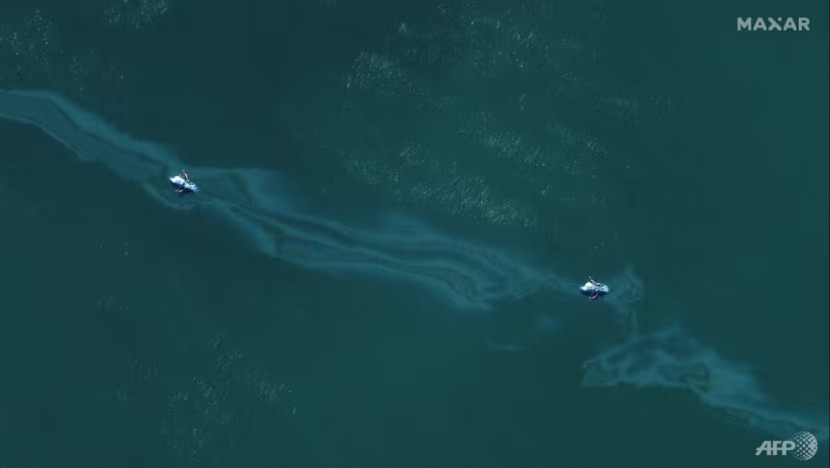Researchers in the US have found that there are about 14,000 oil and gas wells that are either not officially operational or have been inactive for at least five years in the waters off the east coast of South America.

An oil spill in the Gulf of Mexico off the coast of Louisiana following Hurricane Ida in 2021. Photo: AFP
Researchers identified about 13,000 inactive wells in shallow nearshore waters, in Texas, Louisiana and Alabama waters or in federal jurisdictions.
Oil leaking from these shallow wells is more likely to pose a threat to coastal habitats than from deeper wells, the study authors said.
“Any leakage is more likely to reach the surface and, in the case of methane emissions, enter the atmosphere and thus cause climate damage,” said study co-author Upton.
Under US law, the cost of shutting down a well in state waters is more likely to fall on taxpayers, while in federal waters, the current or even previous owner is often responsible.
In the case of wells in the Gulf of Mexico, the study found that of the estimated $30 billion cost to plug inactive wells, less than $2 billion was in state waters.
Much of the spending was in federal waters, where at one point nearly 90 percent of the wells were owned by “mega-caps” such as Chevron, Shell, ExxonMobil, ConocoPhillips, BP, Total and Eni.
Mai Anh (according to CNA)
Source




















































![[Maritime News] More than 80% of global container shipping capacity is in the hands of MSC and major shipping alliances](https://vphoto.vietnam.vn/thumb/402x226/vietnam/resource/IMAGE/2025/7/16/6b4d586c984b4cbf8c5680352b9eaeb0)













































Comment (0)